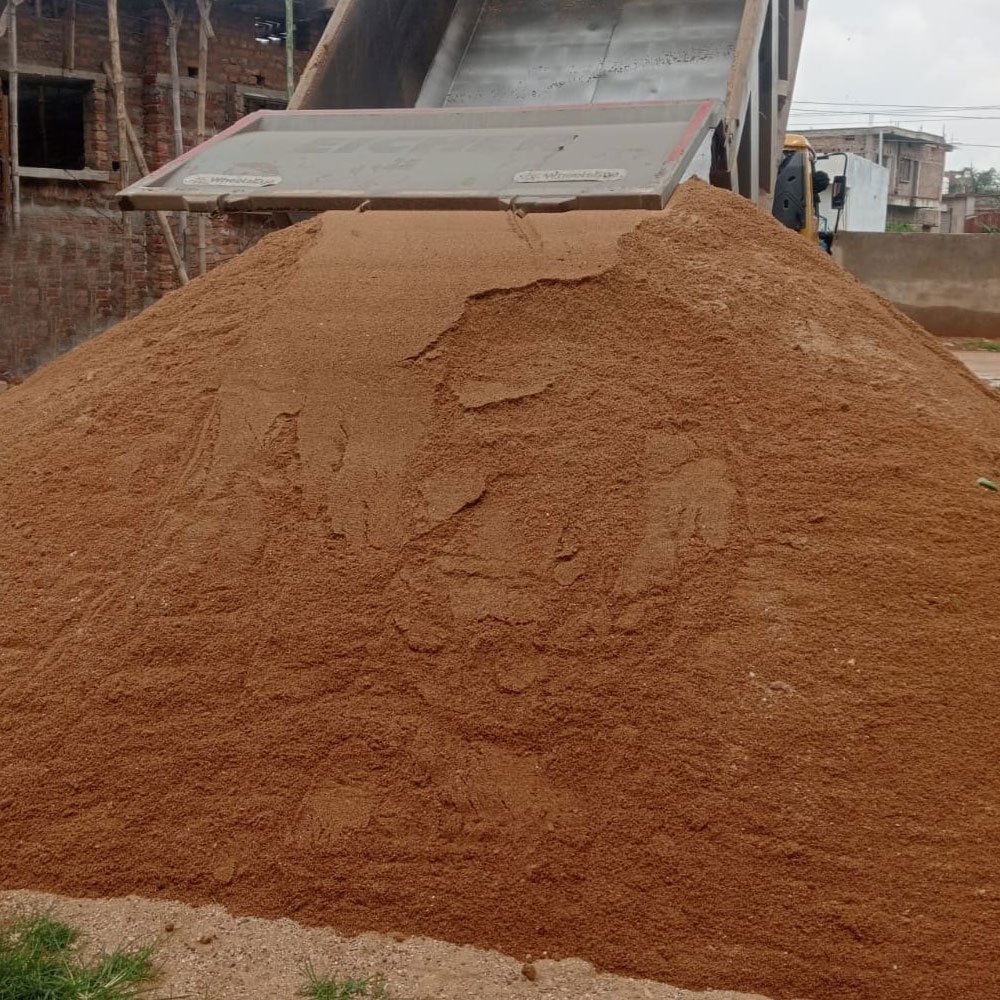The gooey fun of slime comes with a potential environmental downside. While creating mesmerizing textures and experimenting with science can be a blast, understanding the impact of slime production and disposal is crucial. Here’s a closer look at the environmental considerations of slime making and textures. One key concern lies in the ingredients. Traditional slime recipes often rely on polyvinyl acetate PVA glue, commonly known as white glue. PVA glue production involves non-renewable resources and can release harmful chemicals during manufacturing. Additionally, borax, another common slime activator, can be toxic to aquatic life if disposed of improperly. Glitter, a popular textural element, is typically microplastic, posing a threat to marine ecosystems if it finds its way into waterways. Beyond the ingredients themselves, packaging waste is another factor. Slime kits often come in single-use plastic containers, adding to the growing problem of plastic pollution. Disposing of used slime can also be tricky. Throwing it away sends it to landfills, where it takes years to decompose due to its unique properties.
However, there is hope for a more sustainable slime experience. Thankfully, eco-friendly alternatives are emerging. Natural ingredients like cornstarch, baking soda, and even chia seeds can be used to create slime with interesting textures. These recipes often rely on household items, reducing the need for additional packaging. Additionally, some companies are offering slime kits made with recycled materials and biodegradable components. The slime shop pursuit different textures in slime can also influence its environmental impact. Floam, a popular fluffy slime variation, often uses polystyrene beads. These beads are not biodegradable and can contribute to microplastic pollution. Conversely, cloud slime, known for its airy and light texture, often uses shaving cream as a base. Shaving cream can be biodegradable depending on the brand, making it a potentially more eco-friendly option.
Ultimately, the environmental impact of slime boils down to the choices we make. Opting for natural ingredients, reusable containers, and responsible disposal methods can significantly reduce the environmental footprint of slime creation. Here are some tips for a greener slime experience:
Embrace DIY slime recipes using readily available household ingredients.
Look for slime kits made with recycled materials and biodegradable components.
Explore alternative textural elements like shredded paper, dried beans, or spices for a unique sensory experience.
Reuse containers for storage or get creative and transform them into slime molds.
When disposing of slime, research local guidelines for proper waste management, as some areas might have specific recommendations.
By being mindful of these factors, we can ensure that the joy of slime-making does not come at the expense of our environment. After all, a little creativity and responsible practices can go a long way in keeping the fun slimy and the planet happy.


 Beyond the essentials, paintball and airsoft enthusiasts often seek out specialized gear to enhance their tactical advantage. This includes items like camouflaged clothing, communication devices, tactical helmets, and even night vision goggles for nighttime operations. Such accessories cater to players who engage in scenario-based games or competitive tournaments where strategic advantage can make all the difference. Customer service is another crucial aspect of shopping at paintball and airsoft stores. Knowledgeable staff members can provide advice on gear selection, maintenance tips, and even insights into local playing fields or events. Many stores also offer customization services for guns and gear, allowing players to personalize their equipment to suit their preferences and style. Shopping for high-performance gear and accessories at a dedicated paintball and airsoft store ensures you have access to the latest advancements in equipment technology. Whether you are looking to upgrade your current setup or starting fresh with a new hobby, these stores provide a one-stop-shop for all your needs. Additionally, online stores offer convenience with shipping options and often provide detailed product descriptions and customer reviews to help you make informed decisions.
Beyond the essentials, paintball and airsoft enthusiasts often seek out specialized gear to enhance their tactical advantage. This includes items like camouflaged clothing, communication devices, tactical helmets, and even night vision goggles for nighttime operations. Such accessories cater to players who engage in scenario-based games or competitive tournaments where strategic advantage can make all the difference. Customer service is another crucial aspect of shopping at paintball and airsoft stores. Knowledgeable staff members can provide advice on gear selection, maintenance tips, and even insights into local playing fields or events. Many stores also offer customization services for guns and gear, allowing players to personalize their equipment to suit their preferences and style. Shopping for high-performance gear and accessories at a dedicated paintball and airsoft store ensures you have access to the latest advancements in equipment technology. Whether you are looking to upgrade your current setup or starting fresh with a new hobby, these stores provide a one-stop-shop for all your needs. Additionally, online stores offer convenience with shipping options and often provide detailed product descriptions and customer reviews to help you make informed decisions.
